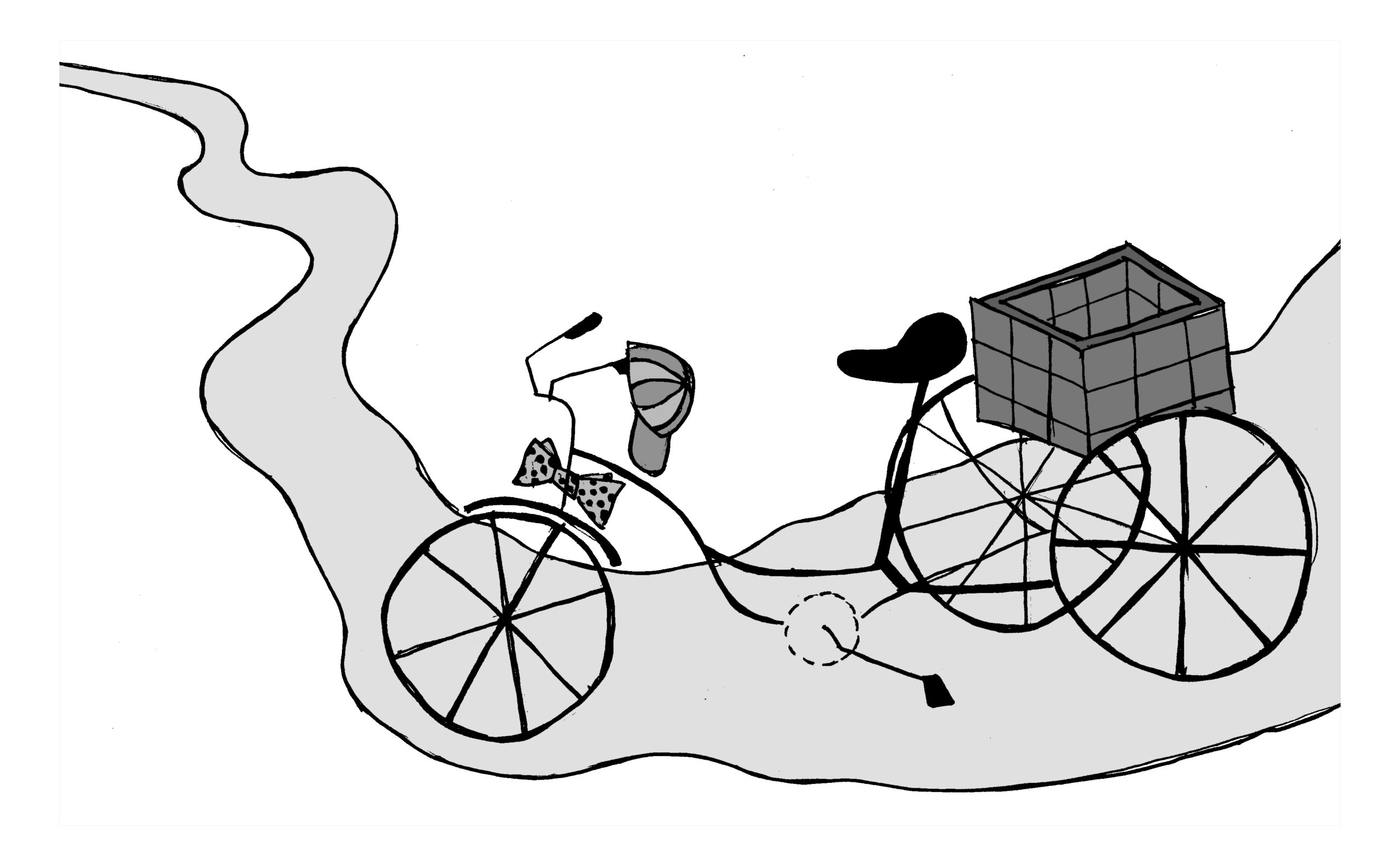Taking up space while queer and disabled
September 8, 2017
 This
piece represents the opinion of the author
.
This
piece represents the opinion of the author
.
 Sara Caplan
Sara CaplanI am a queer person and a disabled person, and every day I am trying to figure out what that means. I decided to write this piece to reflect on those identities—what it means to navigate them and how these identities operate in the world both at Bowdoin and beyond. Being queer and disabled may seem like two different things entirely, but lately I’ve come to understand them as inseparable from one another. Here at Bowdoin, our conversations about identity can be super silo-ed. But I decided to use this piece as a way to share why I see my disability and my queer identity as so intertwined, and why these messy, lovely pieces of me can never really be pulled apart.
I have Cerebral Palsy, a physical disability resulting from brain injury at birth. I walk with a limp, my balance is pretty wonky and my body does things in a visibly weird way that I totally love. But the journey to loving my body has been just that: a long journey. I received a slew of negative feedback about my disabled body as a kid. In elementary school, I was told that the clunky, sporadic sound of me walking down the hallway was disruptive to other students. Adults told me to stop curling my toes or sticking out my tongue when I focus. I was told to turn my foot this way, stretch my hamstring that way, walk straighter, stand taller, make my body fit other people’s standards that were never really within my reach.
When I was in middle and high school, this commentary translated into a frustration with my body that I tirelessly tried to compensate for. The messaging I received around being a young girl with a disability told me that if I just made my cute girlhood really big, and my unfavorable disability really small, I could fit in. I told myself to be likable; fit into normative ideas of gender presentation and maybe, just maybe, people would “see past” my disability.
The result of this internalized notion of gender and disability was a whole lot of forced femininity. In high school I used to straighten my hair every day and wear about 10 coats of eyeliner (but only on the lower lid, because naturally I would always mess up the top). I told myself not to be “too disabled” and never inconvenience others with my weird body’s needs. I made myself small and tried to never take up too much space. It felt like my whole life revolved around apologizing for existing.
Flash forward to my junior year of high school. I realize I’m queer. Ah! My plan to vehemently adhere to all things heteronormative and patriarchal is foiled. However, something cool and surprising started happening when I came to realize my queerness. I began meeting other queer people. I met people who took rules about what men and women were “supposed” to do and rewrote them, revised them or threw them away entirely. I realized that there is a whole world of gender and gender presentation outside of the How to Be a Woman guide that I’d unknowingly been reading my whole life.
With the support of close friends, I slowly started to experiment with bowties, button downs, backwards hats and other markers of gender outside of the feminine norm. Ever since I started presenting my queerness more openly, I’ve liberated myself from the narrowness of gender normativity and been able to create new rules for my body that are entirely my own. I’ve found peace in all the visible ways my body does things differently. In the rulebook of my body, my loud, clunky gait is radical and unique and mine, not something that is distracting or shameful like my teacher said. My liberated gender presentation serves as a representation of all the ways my body is radical and defiant of norms as a queer and disabled person.
I want to acknowledge that my experience with exploring my gender presentation has not yet compromised my safety, which is likely a product of my privilege as a white person who exists in relatively sheltered settings. This is not true for many other people, who face violence and persecution in their own process surrounding gender self-determination. But in any small way that oppressed people allow our identities to take up space, whenever we can speak and live our truth, we are committing radical acts of resistance against a system that tells us to make ourselves invisible.
So here’s my challenge for myself, my fellow queer people, my fellow disabled people or just anyone who needs to hear it: In any small or big ways you can, let yourself take up space. Get queer haircuts and wear clothes that make you feel good. Be loud and messy and proud of all the good stuff your body and your identity do for you. Be radically you, and never ever apologize for that.
Comments
Before submitting a comment, please review our comment policy. Some key points from the policy:
- No hate speech, profanity, disrespectful or threatening comments.
- No personal attacks on reporters.
- Comments must be under 200 words.
- You are strongly encouraged to use a real name or identifier ("Class of '92").
- Any comments made with an email address that does not belong to you will get removed.

You go girl! Most people don’t fit in a mold or a box. They try,but it almost never works even when they think they do.
All people need to be kind, be honest and humble take care of one another
and embrace differences all with grace.
Love,
Daisy’s Aunt Susan